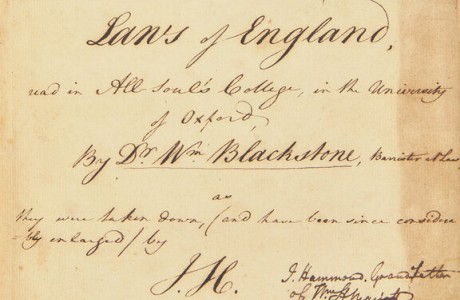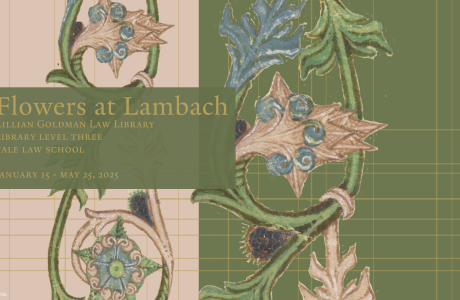Justice as a Sign of the Law: Conclusion

This glimpse at the imagery of Justice makes plain the richness of its history and signification. Didactic emblems addressed fears of corruption, of irrational authority, and an absence of even-handedness. Blindfolds, double-headed Justices, and handless judges captured some of these stresses.
Yet recall that Justice iconography was once far more varied. Within a century after Ripa, his seven Justices had been distilled into one stock figure identified by scales and sword. And Ripa’s mention of a blindfold as a marker of the obligation that Justice not be “tempted away from using reason” came to be an expected accoutrement.
The images in this exhibit are a testament to the normative enterprise that built public courts of law and sought to elaborate the import and obligations of law. The movement away from public adjudication is a problem for democracies because adjudication has important contributions to make to democracy. Adjudication is itself a democratic process, which reconfigures power as it obliges disputants and judges to treat each other as equals. The scales, the attribute of Justice with the longest history (dating back to Babylonia and Egypt), evoke the evenhandedness to which judges aspire today.
Our excursion into Justice iconography aims to appreciate but not to romanticize the roots of the didactic practices surrounding adjudication. While old images remain legible, courts in today’s democracies are new inventions – benefits of political and social movements insistent on equality, dignity, and fairness for all. But these aspirations have yet to be realized, just as a visual vocabulary to match those ideas remains under-developed. Whether political will exists to support both the infrastructure of courts and access for all those now eligible to use courts is in question, and hence, the ability of courts to provide active sites of public exchange before independent judges cannot be taken for granted.
Image: Decorative headpiece from Johann Stephan Pütter, Patriotische Abbildung des heutigen Zustandes beyler höchsten Reichsgerichte (Frankfurt & Leipzig, 1756). Lillian Goldman Law Library (German Law Collection of the Association of the Bar of the City of New York).
“The Remarkable Run of a Political Icon: Justice as a Sign of the Law” is curated by Judith Resnik, Dennis Curtis, Allison Tait, and Mike Widener, and is on display Sept. 19-Dec. 16, 2011, in the Rare Book Exhibition Gallery, Level L2, Lillian Goldman Law Library, Yale Law School.


